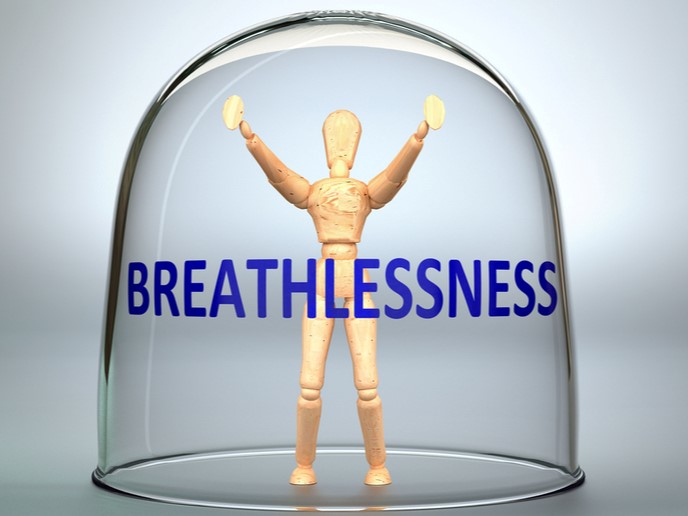Chest wall mechanics and changes in PSV
Chronic obstructive pulmonary disease and chronic asthma can result in airway limitation, a leading cause of disability around the world. The condition prevents the sufferer from exercising and carrying out normal daily tasks, thereby reducing their quality of life. In some cases treatment can take the form of low-flow oxygen, non-invasive ventilation. Pressure support ventilation assists spontaneous breathing in patients. The patient can control all aspects of breathing, including frequency and length of inspiration, except for the pressure limit. The synchronisation of respiratory muscle action with the resulting movement of the chest wall gives an indication of how well the patient is adapting to the ventilator. The CARED project investigated the criteria for selecting the optimal settings of mechanical ventilators. Researchers analysed the effects of different PSV settings on a number of factors, including muscle pressure and the breathing of patients with acute lung injury. In nine patients, four different levels of PSV were randomly applied, while the same consistent level was used for expiration. Scientists measured flow airway opening, and oesophagel and gastric pressure. Optoelectronic plethysmography was used to record changes in volume for the entire chest wall, the ribcage and abdominal compartments. The pressure and work generated by the diaphragm, rib cage and abdominal muscles were determined using dynamic pressure-volume loops. This was applied to the various phases of each respiratory cycle. The results were compared with the patient's effort to match inhalation and expiration with the action of the ventilator. The whole breathing pattern was measured and correlated with the movement of the chest wall. The researchers discovered that during PSV the ventilatory pattern changed according to the level of pressure support. Patients with acute lung injury support greater than 10cm H2O allowed respiratory muscles to act together, with a simultaneous expansion of the chest.







